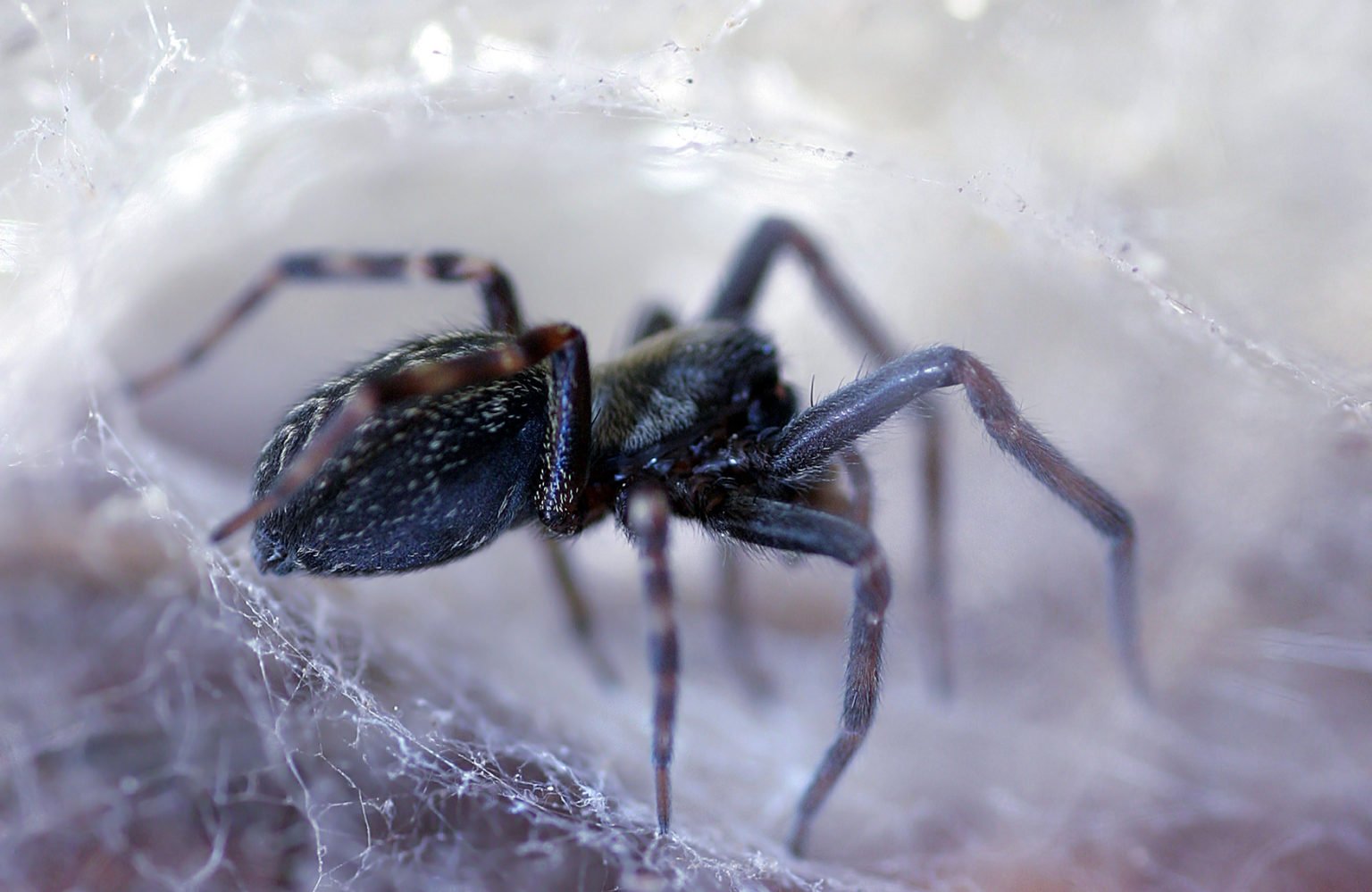Table Of Content

Following exclusion, homeowners should clean thoroughly to remove cobwebs and egg sacs. American House spiders are common all over North America, and are the most commonly-encountered spider in the U.S. American House spiders aren’t generally aggressive and have poor vision, preferring to run away rather than engage in confrontation. They only bite humans in self-defense, when grabbed and squeezed, for example, or crushed in clothing or furniture. The crab spider is an ambush predator found on the flowers of many species of California plants. These unusual spiders wait to capture and feed on large insects like bumblebees, wasps, butterflies, dragonflies, and moths.
Do Boxelder Bugs Bite? Separating Fact from Fiction
They feed on the small insects they trap in their webs, and can live as long as seven years. Both Daddy Longlegs spiders and Harvestmen are found on every continent, except for Antarctica where is is too cold for them to survive. Brown Recluse Spiders are venomous, but they rarely bite unless provoked.
These orb-weaving spiders in California inhabit a wide range of habitats.
These small creatures start out life in an egg sac and reach maturity in about a year. According to an article published by University Of Minnesota, there are two main categories of indoor house spiders. The first are hunter spiders and the second are web-building spiders. Wolf spiders do not spin webs like most other types of spiders, and will instead fiercely hunt down their prey.
thoughts on “Types of Common House Spiders: A Friendly Guide”
Though males may appear aggressive, they do not bite unless trapped, and their mouthparts are too small to easily penetrate human skin. Jumping spiders are not considered especially dangerous to humans, especially since they tend to prefer to flee rather than attack. The signs of an infestation are the funnel-shaped webs and the spider itself. Daddy Longlegs spiders do possess venom sacs, but their venom is very mild and virtually non-toxic to humans. Surprisingly, most people living in infested homes, even when the invasion is heavy, don’t report spider bites.
American House Spider Pest Control
If you find spiders in your home, contact a pest management company, so they can conduct an inspection and create a control plan. The probability of a Yellow Sac Spider infestation increases significantly in the fall, as they generally experience a population boom around that time. The warning signs are the appearance of adult or immature spiders, as well as their distinctive sacs.
#16. Northern Yellow Sac Spider

Also, unlike most other brown spiders, recluse spiders have six eyes, not eight. Brown widow spiders are not as aggressive as their black widow counterparts but can bite if provoked. However, the effects of their bite are less severe than black widows.
PEST PRO
But since they have been here so long, these spiders are now common, especially INSIDE homes. Females usually rest at the center of the web, facing downwards. They face their webs east-to-west to take advantage of the rising and setting sun and hang in the center with their dark underside facing south. All this allows them to gain as much warmth as possible, enabling them to stay active later in the year. Several different species are found here, and they are all large nocturnal spiders that find their prey around water. Lastly, many crab spiders have developed a mutualistic relationship with certain plant species since these spiders feed on and help deter harmful insects.
What Do House Spiders Look Like?
Black widow spiders are prevalent throughout the region and can be identified by their shiny black bodies and distinctive red hourglass-shaped markings on their abdomens. Brown recluse spiders, known for their violin-shaped markings on their backs, also thrive in the southern states. On the less harmful side, American house spiders are found nationwide, but they tend to favor warmer climates like those found in the South. It’s essential to be cautious when encountering these spiders, particularly the brown recluse and black widow, as their bites may require medical attention. You can minimize your risk by avoiding cluttered areas, and wearing gloves when handling woodpiles or working outdoors.
Everything you think you know about spiders is wrong - National Geographic
Everything you think you know about spiders is wrong.
Posted: Fri, 12 Jan 2024 08:00:00 GMT [source]
Common House Spiders – Everything You Need To Know
The Harvestmen, frequently called daddy long legs, are an easily recognizable site across the United States. There are thousands of different species of Harvestmen with different scientific names, but they all belong to the Opiliones family. They build tangled and messy webs close to the dwellings of human beings. The juvenile spiders hatch within a span of 7 to 10 days after which they gradually disperse. Avoid clutter in your home as it provides hiding spots for spiders. Keep your storage areas, such as closets and garages, organized.
While these eight-legged creatures may give you the heebie-jeebies, they are very helpful in controlling the insect population inside your home. Their ability to leap quickly is the main way these small spiders take down prey. These spiders are typically seen with black bodies and patches of white. "Spiders feed on common indoor pests, such as roaches, earwigs, mosquitoes, flies and clothes moths," explains a fact sheet by Bayer CropScience.
Perhaps one of our readers will have an idea how to classify your Spider. Hi Joanna, We believe this might be a male Giant House Spider, Tegenaria duellica, based on some images posted to BugGuide. We are sorry you had to wait so long for a reply, but summer is a very busy time for us.

The western black widow is found throughout California—in hot, dry climates to mountainous terrain. Their favorite hiding places are in woodpiles, rock crevices, cracks in walls, and garages. This invasive species resembles the related false black widow (Steatoda grossa). However, it is larger, and the spider has more white dots on its black abdomen.
Ed has been working in the pest control industry for years helping 1,000's of homeowners navigate the world of insect and rodent management. However, most symptoms don’t last longer than a few hours, with more severe bites causing symptoms to last up to three days. Bites from these spiders can still lead to painful symptoms, and some people can have allergic reactions that need medical attention. In general, Crawford says, only about 5% of the spiders you see inside a building have ever set foot outdoors. Like all modern arthropods, the spiders in your attic may be descendants of 7-foot-long marine animals that lived 480 million years ago. True spiders evolved about 300 million years ago, so they pre-date dinosaurs, not to mention us.
Parasteatoda tepidariorum is not regarded as a medically important species. The few recorded and verified bites were accompanied by pain (increasing for one hour), red mark, or redness, with the duration of pain being 4 to 24 hours. House spiders are not known to bite but may do so in threatening situations, such as when they are being crushed. While house spider bites are typically not medically threatening, it is important to seek medical attention in the event of severe swelling, lesions or headaches. Sealing potential entry points may not affect house spiders, since they don't sneak in from outside, but it could limit incursions by other spiders. And if it also prevents insects from getting inside, it may indirectly reduce your house spiders by limiting their food supply.

No comments:
Post a Comment